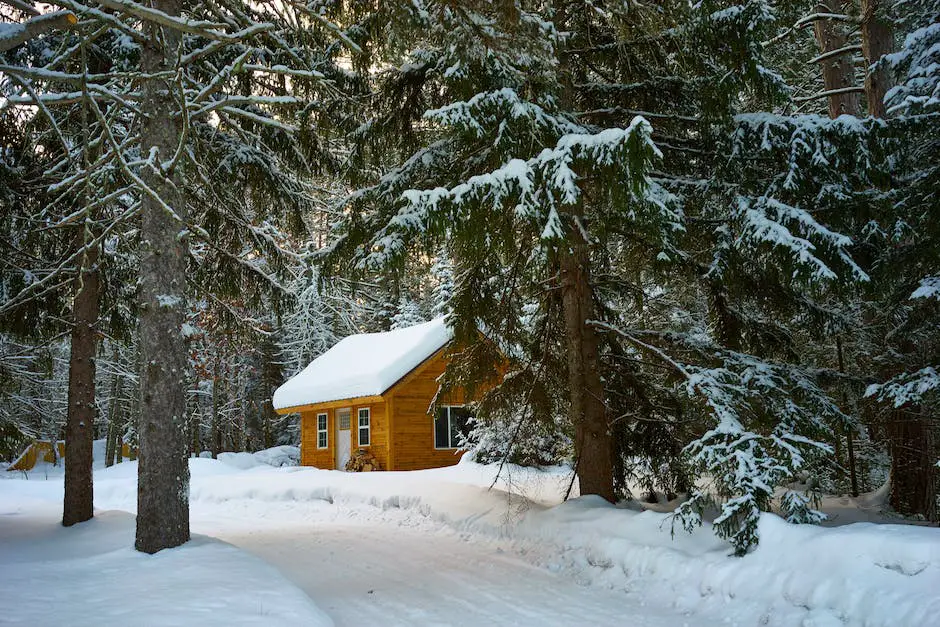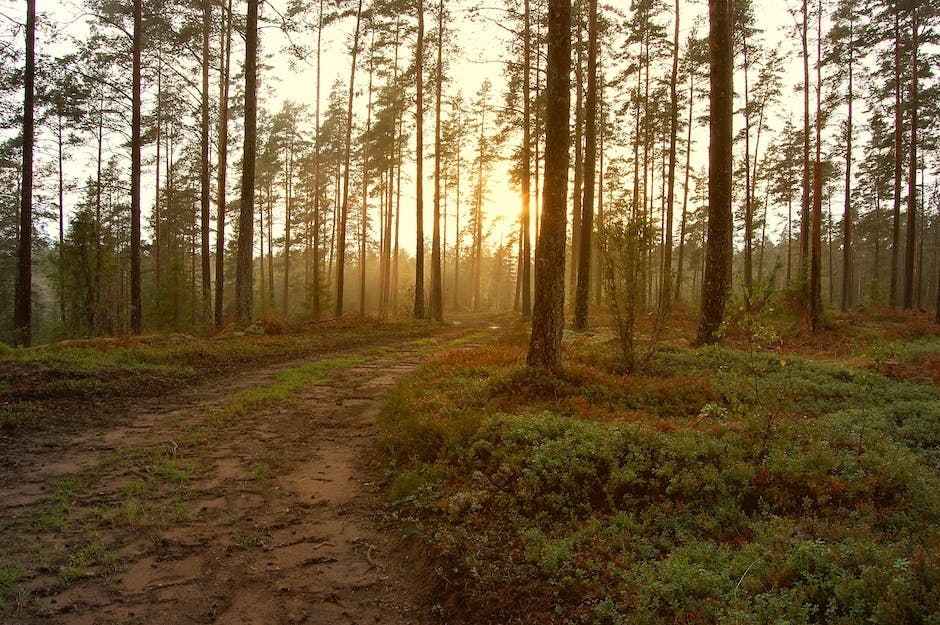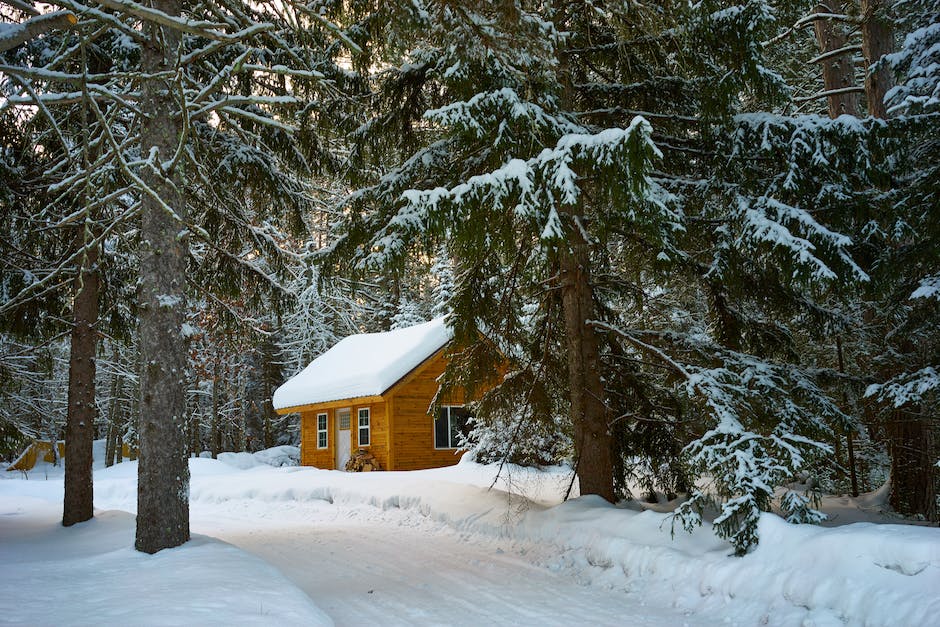Pine trees drip sap for a variety of reasons. One reason is that the sap helps the tree to heal wounds.pine trees also drip sap when the weather is warm and humid. The sap helps the tree to stay cool and to prevent the growth of mold and mildew.
Pine trees do indeed drip sap, especially when they are injured. This sap can be a nuisance if it drips on your car or outdoor furniture. You can sometimes prevent dripping sap by sealing the wound with a product like Wound Seal.
Do pine trees give sap?
Sap is very important for pine trees as it allows them to take in vital nutrients. Sap production typically increases when the trees begin to bud or as the seasons change, with the most sap being produced during the spring and early summer months.
Pruning sealant is a great way to protect your tree from disease and pests after you’ve pruned it. It’s available in both spray and brush-on versions, so you can choose the one that’s right for your needs. Apply the sealant to the parts of the tree where you’ve made cuts, and it will help keep your tree healthy and strong.
What is the sap of a pine tree called
Now what you see here is this is called pine sap or pine pitch. Now pine sap exudes from the wounds of a pine tree as a natural means of healing. The sap is very sticky and can be used for a variety of purposes. Some people use it as a glue, while others use it as a sealant.
Pine tree sap is a natural part of the tree, and it’s normal for pine trees to give off some sap. Sap is the sticky, golden substance that moves through trees to circulate water and nutrients, much like blood in veins.
Can pine tree sap make you sick?
Sap from trees is not harmful to humans, bugs, or even to the tree itself. However, it can be quite sticky and smelly, and if it gets on your car or windows, it can be a real pain to clean up. If you have children, you may already know that ingesting sap is not harmful to them.
Pine sap is an amazing natural substance with a wide range of uses. It can be used as an antiseptic and anti-inflammatory, making it great for treating wounds. It can also be used as an astringent to help heal and close up wounds. And, if you need to, you can even chew on the sap like gum to help with colds and sore throats. Finally, pine sap can also be used as a waterproofing agent for things like boots, boats, and containers.
What does it mean when sap is coming out of a tree?
Slime flux is a condition that can affect trees, causing them to ooze sap. It is most commonly seen in oaks, elms, and maples, but can also affect certain softwoods. The oozing of sap is caused by bacteria at the wound site, which can be deep within the tree. This condition can be damaging to the tree and should be treated by a qualified arborist.
Sap is the key to a tree’s survival. It is a complex mixture of water, nutrients, and hormones that are vital to the tree’s health. Sap flows through the transport tissues of the tree, known as the xylem and phloem. The xylem sap contains nutrients for the tree, while the phloem sap contains sugar. The combination of these elements makes sap sticky, which helps to keep the transport tissues in place.
What trees drip sap
Trees that drip sap can be a sign of an insect infestation. The most common insects that cause this are aphids and scale insects. These insects feed on the sap of the tree, which can cause the tree to produce a sticky substance called honeydew. Honeydew can attract other insects, like ants, which can then spread the infestation.
Pine resin has many benefits, one of them being that it is anti-microbial. This makes it ideal to use topically on wounds of various types. In addition, pine resin is known to be anti-inflammatory, which makes it equally effective in easing muscle and joint pain. Finally, pine resin can increase circulation, which also explains why it helps with pain relief.
What does pine tree sap taste like?
The sap from the Sugar Maple tree is a refreshing beverage that is perfect for hot summer days. It has a slightly sweet taste and is very similar to water in terms of its composition. Because of its popularity, many people are willing to pay for the privilege of drinking it.
Please be careful with your Christmas decorations this year and make sure to keep your pets safe. There are at least 20 types of pines that are toxic to either livestock or humans, and Yew Pine is one of the most common. Yew Pine can cause nausea, diarrhea, and vomiting, so please keep this in mind when putting up your tree.
Are any pine trees poisonous to humans
Pine needle tea is a great way to get some Vitamin C, but not all pine trees can be used for it. Some pine trees are poisonous or toxic.Avoid using Lodgepole Pine, Monterey Pine, Ponderosa Pine, Norfolk Pine (Australian Pine), Loblolly Pine, Common Juniper, and Yew.
The doctors said they found a tree measuring nearly 2 inches long inside the lung tissues of 28-year-old Artyom Sidorkin.
Does pine sap smell good?
Pine resin is a valuable resource that can be harvested from certain pine trees. It has a fresh, piney scent that is pleasant to most people. Some species of pine trees produce more resin than others, making them more valuable for this purpose.
The tree has milky-white sap which contains numerous toxins and can cause blistering. The tree is very poisonous and can cause serious health problems if the sap is ingested or comes into contact with the skin. The tree is native to the Caribbean and is found on many beaches in the region.
Why is my tree leaking liquid
If you notice your tree is leaking water from the trunk, it’s likely due to a bacterial disease called wetwood, also known as slime flux. This disease enters and seeps out of the trees in a liquid form that looks like water. If left untreated, wetwood can kill your tree. Fortunately, there are treatments available to help control the disease and save your tree.
All trees and plants have sap, which is a natural resource that can be used for a variety of purposes. However, some sap is more gooey than others, and this can be seen more easily in larger trees. One such tree is the sugar maple, whose sap can be used to make delicious pancakes or waffles.
Can you eat pine resin
Pine resin is a type of tree sap that has a plethora of medicinal uses. For centuries, people have been using pine resin to treat a variety of ailments, ranging from sore throats to arthritis. Pine resin is rich in natural antioxidants and has antibacterial properties, making it an ideal remedy for many common health problems. If you’re looking for a natural way to improve your health, pine resin may be worth trying!
The English oak is the number one tree for producing sap. Even though it does not produce a lot of sap, it is resistant to sap-inducing diseases and pests. The same is true for the Japanese snowdrop tree, which can grow up to 25 feet tall with blossoms.
Conclusion
Pine trees do drip sap, but not all the time. The sap is typically sweeter and thicker in the springtime when the trees are actively growing. Pine sap can be used to make syrup, candy, and even wine.
While there are many different types of trees, most of them do not drip sap. Pine trees are an exception to this rule and do indeed drip sap. This sap is actually a tree’s defense mechanism against predators and pests. The sap is sticky and unpleasant, which deter would-be attackers.
Jackson Hill is a passionate arborist with years of experience in the field of trees. He developed his fascination with trees at a young age, spending countless hours exploring the forests and climbing trees. Jackson went on to study arboriculture and horticulture at Michigan State University and later earned a degree in forestry from the University of Michigan.
With his extensive knowledge and expertise, Jackson has become a trusted authority on trees and their impact on the environment. His work has helped shape the field of arboriculture and he continues to be a leading voice in the industry.
